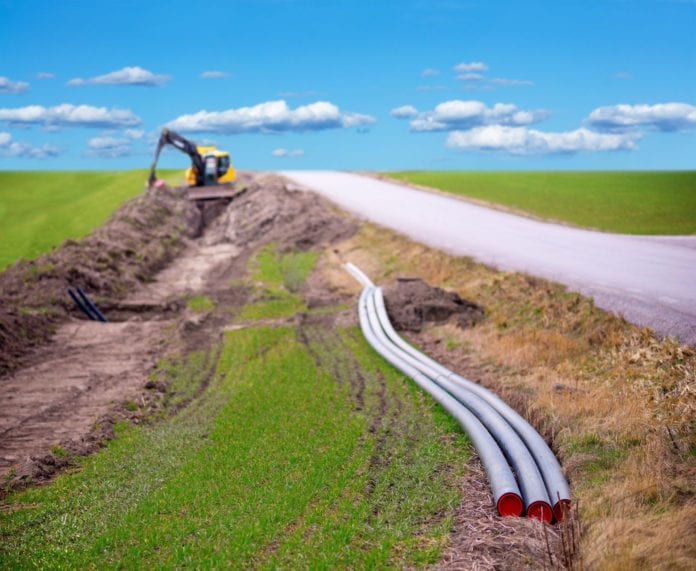In the push to deploy ever-faster broadband across America, no one should be left behind. The need for faster broadband is particularly acute in rural America, where the speeds are slower, and state-of-the-art facilities are not deployed as quickly as rural Americans need.
During the almost three decades that I represented Virginia’s most rural congressional district, the need for fast and reliable broadband was consistently a leading priority on the minds of my constituents.
Across America, rural residents are keenly aware of how vital broadband internet access is for the future of their communities, and they willingly shared their experiences with the rural task force the White House set up in April of this year.
This week, President Trump took two helpful steps to accelerate deployments of broadband in rural areas. First, he directed the Interior Secretary to develop a plan to increase access to towers and other infrastructure that the Interior Department manages, including model terms and conditions for “securing tower facilities and other infrastructure assets for broadband deployment.”
Second, he instructed the General Services Administration to make it easier to put new broadband facilities on federal property through the use of common and uniform forms whenever equipment such as wireless routers is placed on federal buildings.
It’s encouraging to see that government is getting fully behind the effort, with an eye on removing barriers to placing new broadband facilities on government property and on encouraging and facilitating the use of government resources better to help broadband reach everyone.
Faster broadband helps farmers get real-time information on crops, weather, and markets. It enables businesses to set up e-commerce operations and sell remotely. It brings to rural regions new educational and healthcare opportunities similar to those elsewhere in the country and better connects families spread across long distances. In short, it enables rural America to participate more fully in our ever-increasing digital lifestyle.
That’s why this week’s announcements are so important: by removing barriers to infrastructure and barriers to investment, they help encourage the private investment that is the real answer for rural America’s broadband needs. Steps like these, though, are only a part of what needs to be a much more significant effort.
The plans and forms that Interior and GSA develop could serve as a model for states, tribal nations, and municipalities to streamline regulation and advance deployment. For the last year, the FCC has been looking at barriers to broadband deployment in all parts of the country. Congress, too, should undertake an effort to remove barriers to siting broadband infrastructure, including streamlining processes so that customers won’t have to wait for faster broadband while network operators maneuver across cumbersome and unnecessary regulatory hurdles.
From my perspective, any attention on rural broadband deployment helps. These executive orders are an encouraging response to the calls of rural Americans for more broadband to help their farms, businesses, and families.

